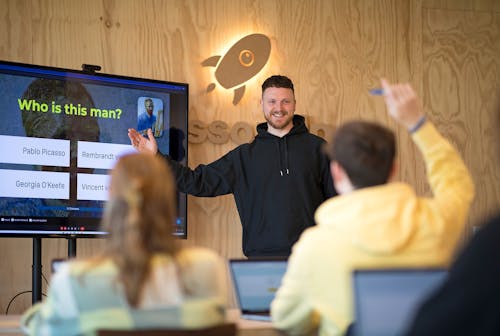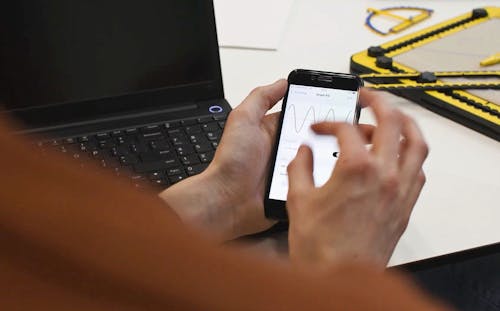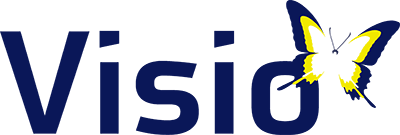Natuurlab
Together with Naturalis, we developed a new digital research environment for secondary school students, which brings them into contact with biology as science in a fun interactive way.
A tool with which students from the secondary education can actively conduct research during biology lessons: that is what Naturalis Natuurlab ('Nature Lab') offers. Together with the museum in Leiden, for which we also built the app, we developed a new online research environment that partly replaces the textbooks. With Natuurlab, the teaching material really comes to life!
Naturalis wanted to introduce teenagers to scientific research in a fun, interactive way. So no traditional way of teaching, but working with real data and the Naturalis collection. By letting students analyze scientific data themselves, they learn to understand the world much better, was the starting point.
From this starting point, we, together with Naturalis and creative agencies Driebit and SchaapOntwerpers, came up with a new teaching method for biology lessons from primary school to final exam: Natuurlab. The Natuurlab consists of lessons from education platform LessonUp, one of our ventures, combined with a web app that we have created especially for Naturalis. Thanks to Natuurlab, a biology teacher gets ready-made lesson plans plus modules to help students step by step with their research.
Employees of Naturalis about Natuurlab
The web app (PWA) consists of interactive research tools that allow students to study real data. Nature Lab's first teaching material is about bumble bee research. By, among other things, mapping the population, students contribute directly to Naturalis' ongoing research into these useful pollinators. In the meantime, students learn more about the value of scientific research.
An important part of the online research environment is a good flow for teachers and students. From the classroom, the research can be conducted in a short series of lessons curated by Naturalis. Pupils will identify bumblebees in the schoolyard and estimate the number via the web app. With the web app, students can also take pictures of objects from nature and send them to the classroom environment on a desktop. After they return to the classroom, the information and the insects they peat are immediately visible on an interactive map. They can compare this data with data from the whole of the Netherlands to answer research questions. In this way, the experience in the schoolyard is nicely associated with the insect count in the country and the students contribute to it themselves.
For these teaching modules, we have linked various data sources to Natuurlab. After the tool has been tested in the classroom for a number of weeks, we have started further development: a separate environment for the students, which is entirely for them and gives them the feeling that they are working in a (virtual) lab. After all, working in such an environment is the essence of the Natuurlab, and what distinguishes the Natuurlab from the traditional way of teaching.





